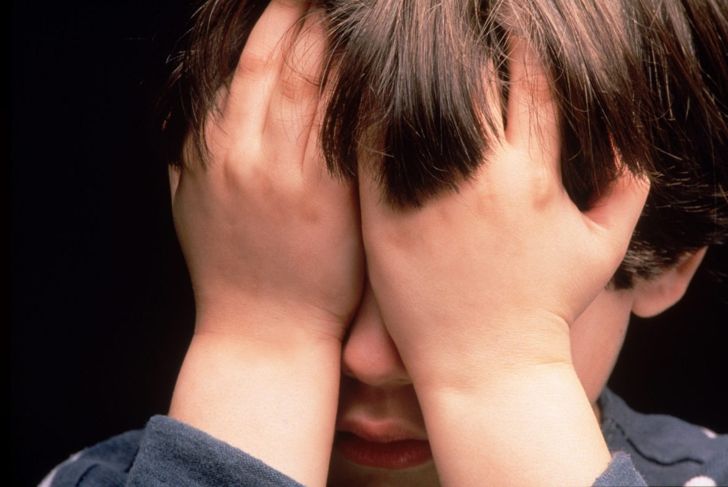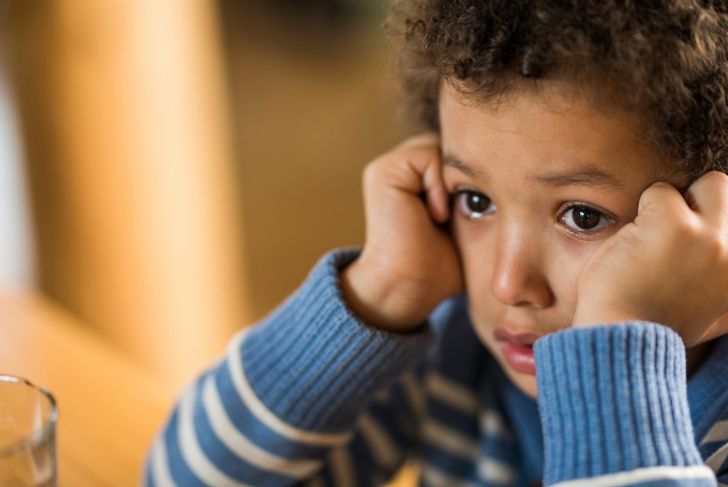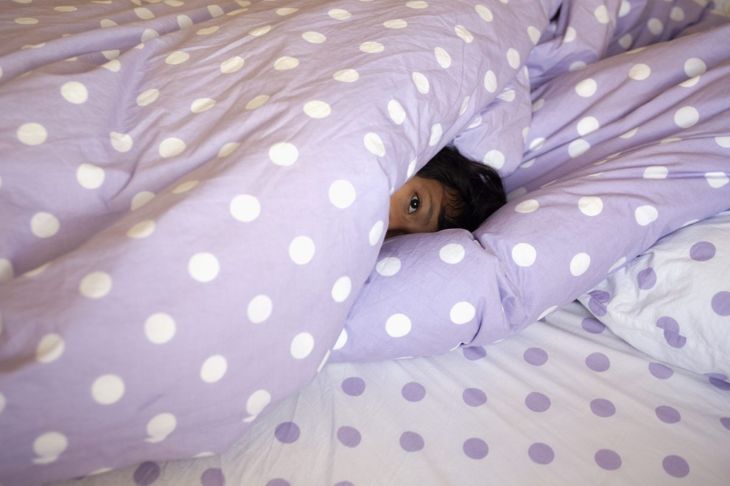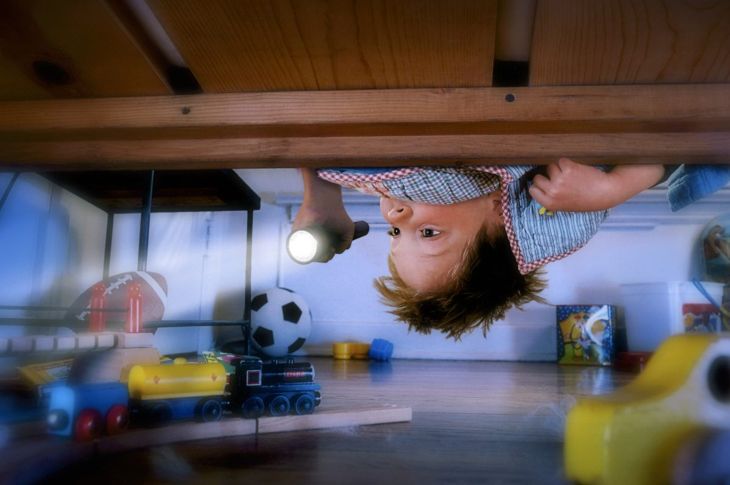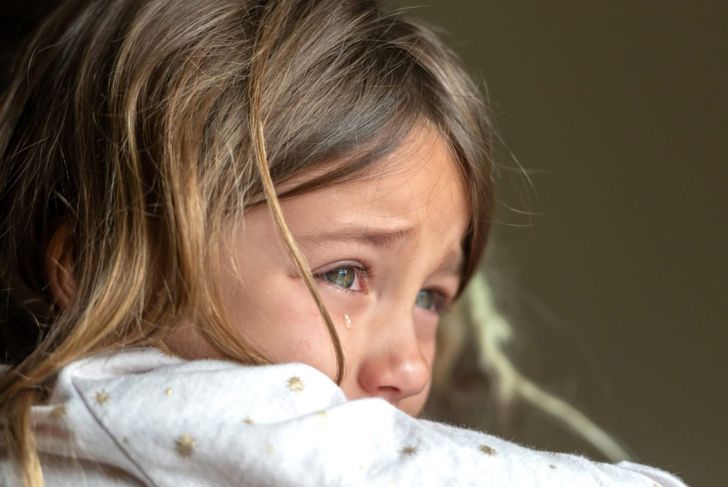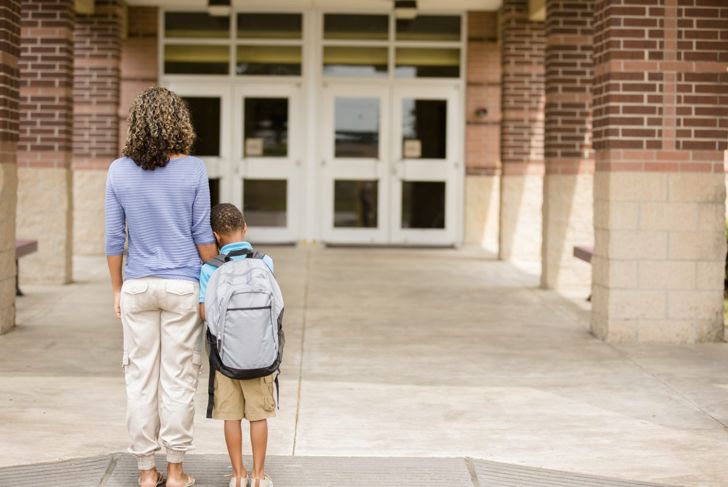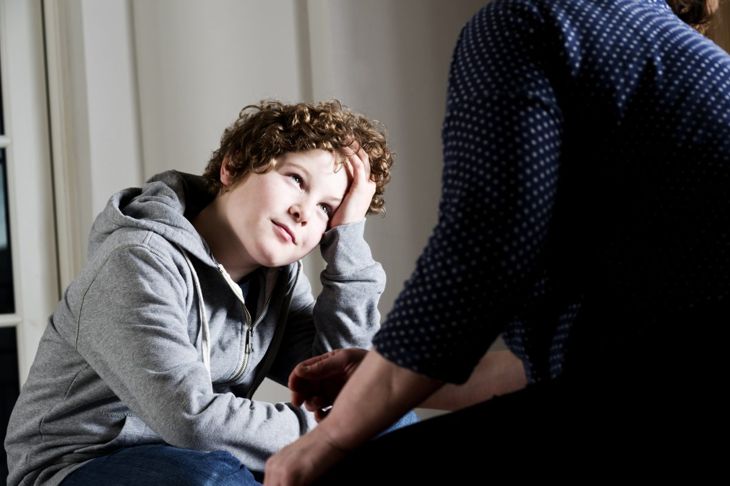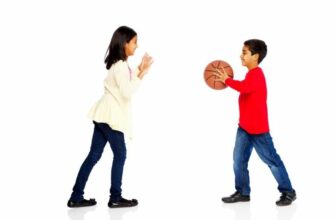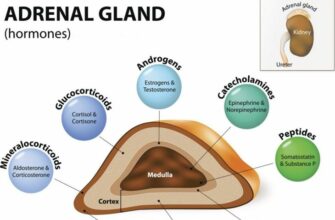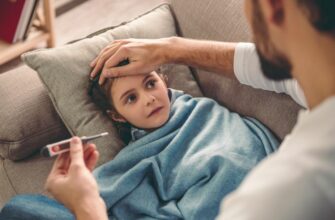It is not unusual for children to experience anxiety. With each developmental stage, youngsters tend to experience a new array of fears and worries. While these anxieties are expected emotions, sometimes they can build up beyond manageable levels. Recognizing the differences between ordinary anxieties and those that have become more serious can help parents learn how to best help their children.
What Is Anxiety?
When someone is worried, afraid, or tense about a situation, they are feeling anxiety. Although children experience anxiety from time to time, it becomes a problem when it starts to interfere with day-to-day activities at home, school, or play. Children who have persistent, ongoing sadness and extreme dread could be showing signs of an anxiety disorder.
Stress vs. Anxiety
Anxiety and stress have similar symptoms. Stress is usually a short-term trigger resulting from either positive or negative changes. Everyday situations create stress, but they also help children learn to cope with life so that they become resilient adults. Like anxiety, too much stress leads to behavioral changes such as moodiness or irritability. Persistent, excessive worries that occur without a clear stressor are anxiety.
Differences Between Anxiety and a Disorder
A study showed that 43% of children between the ages of six and 12 have extensive fears. Once they reach middle childhood, these fears usually subside. However, when they turn into bouts of anxiety that interfere with daily activities, the symptoms become a problem. Avoidance of specific situations, places, or people is a primary sign of an anxiety disorder, the most common mental health issue in children. “Anxiety disorder” is an umbrella term for a lot of different conditions.
Childhood Anxiety Triggers
Children may begin feeling anxieties as early as six months of age, usually due to separation anxiety when they are away from caregivers. This specific anxiety generally stops between the ages of two and three. Fear of bugs, animals, aliens, monsters, water, strangers, “bad guys,” or being alone in the dark are also common anxieties for children. These fears usually subside without intervention as the child transitions to new developmental stages.
Signs of Anxiety in Children
Rapid breathing, sweating, nausea, shaking, and a pounding heart is physical signs of anxiety in children. Often, they complain of headaches or stomachaches or start biting their nails. Increased clinginess is another common sign. Children may throw tantrums, cry more often, startle easily, or experience sleep disturbances when feeling anxious. Others seem angry and irritable or extremely tense and uptight.
Symptoms of Childhood Anxiety Disorder
Anxieties that overwhelm a youngster and cause them to stop engaging in normal activities could be a sign of an anxiety disorder. These feelings cause them significant distress. They may constantly worry about the safety of their families, develop an intense fear of making mistakes, voice obsessive thoughts, perform compulsive actions, and require constant reassurance.
Types of Childhood Anxiety Disorders
Anxiety disorder is a group of several mental illnesses that affect one in eight children. Although there are many types, the most common are
- Generalized anxiety disorder: excessive anxiety leads to sleep disturbances, lack of concentration, and fatigue
- Separation anxiety disorder: appropriate for toddlers from one to three, but becomes a problem as they get older
- Selective mutism: refuses to speak in certain social situations
- Specific phobia: fear or anxiety about a specific situation or object
- Panic disorder: recurring panic attacks with physical symptoms like choking, nausea, dizziness, chest pain, or expressing a fear of dying
- Social anxiety disorder: dreads peer interaction, school, and social situations
Causes of Childhood Anxiety Disorder
Studies show that anxiety disorders have both genetic and environmental factors. Like eye and hair color, children can inherit anxiety from their parents. Serotonin and dopamine are special chemicals in the brain that help balance mood. If those levels become imbalanced, youngsters may experience varying degrees of anxiety. Environmental factors such as divorce, illness, or the death of a family member can also bring about anxiety. Additionally, a stressed-out or perfectionist parent may be inadvertently passing on their anxieties to their child without realizing it.
Preventing Anxiety Disorders
Children look to their parents to guide them through difficult situations. If parents deal with situations calmly, their offspring will learn to do the same. Constant reassurance is generally not effective in preventing anxiety. Teaching children to reassure themselves and solve their own problems can help prevent anxiety in unfamiliar situations. Instead of allowing them to avoid the objects or situations they fear, it is better to encourage them to face their triggers, which helps build self-confidence.
Professional Diagnosis and Treatment
Parents who suspect their child is experiencing severe anxiety or another mental health disorder should seek out a medical or psychological evaluation for them. During diagnosis, if the mental health professional suspects an anxiety disorder, they can prescribe one or more treatments.
- Cognitive therapy: “talk” therapy, a short-term treatment, teaches skills and techniques for when they are faced with a stressful or difficult situation.
- Medication: effectively treats anxiety disorders and can be short-term or long-term, depending on results and severity.
Without treatment, younger individuals with anxiety disorders have a higher risk of poor school performance and difficulty developing social skills. They are also more vulnerable to drug and alcohol misuse.

 Home
Home Health
Health Diet & Nutrition
Diet & Nutrition Living Well
Living Well More
More